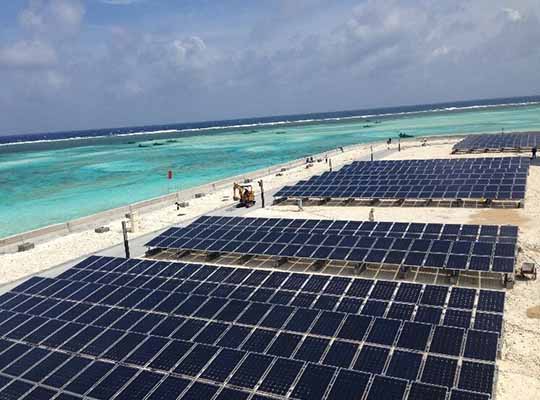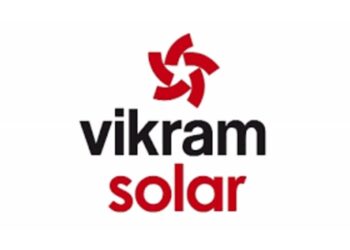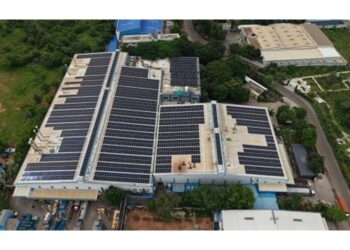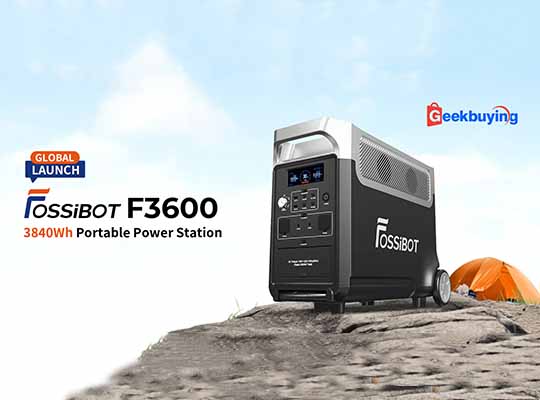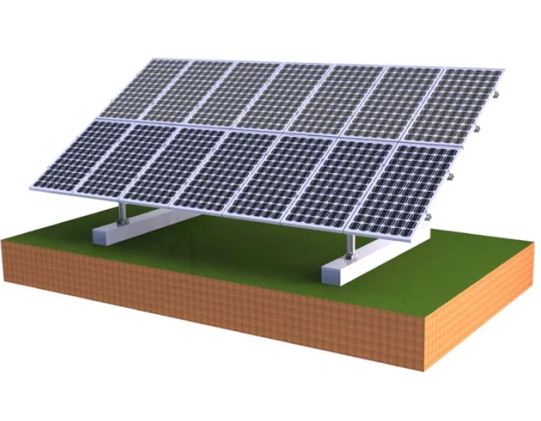The ocean is the background color of our blue Earth, and also the source of life for all creatures on the planet. Given the increasing worldwide carbon neutrality, the ocean has now offered new scenarios for using thriving renewable energy including photovoltaics.
How will the terrestrially originated PV adapt to the ocean without affecting it?
By taking Yingli Solar‘s PANDA “Ocean Star”, let us take a closeup look at the “evolutions” offshore photovoltaic modules have made for stepping into the maritime applications, on World Oceans Day today.
I. Special Installation Method
1. Challenge: Unlike their onshore counterparts, offshore PV power plants are installed through both onshore pre-installation and offshore lifting. Therefore, the latter features higher installation costs, which means more efficient modules are recommended for cost control. On the other hand, this installation method is quite demanding for modules to prevent cracks.
2. PANDA solution
(1) The double-glass structure excels in anti-cracking performance and can pass twice tightened dynamic load test (± 2,000Pa).
(2) PANDA N-type TOPCon high-efficiency power generation technology boasts higher power and larger output, requires fewer modules under the same installed capacity, saves installation time, and yields more greater economic benefits.
II. Harsher Environment
1. Challenge:
(1) The marine environment is one of the most corrosive environments in nature: PV modules have to withstand high salt mist, high salinity, strong ultraviolet radiation, extreme temperature changes, frequent alternation of dry and wet conditions, and biological adhesion in every second.
(2) The ocean also has the most vulnerable ecosystem. The application of PV must not affect the ecological equilibrium of the oceans.
2. PANDA solution
(1) Material: super corrosion-resistant green environmental-friendly material, protected by new anti-corrosion frame and junction box protection, which is more environmentally friendly without releasing particles that affect the ecology.
(2) Packaging: packaging materials of special polymer structure, with low water permeability and higher weather resistance.
(3) Testing: It can pass the Level 8 salt spray test, the highest corrosion level (Level CX) in IEC61701, and the 4-times tightened Level 6 salt spray test, and module maintains the required service life and quality even in extreme salt spray environments.
III. Super Typhoon
1. Challenge: The installation mode and structure of modules are highly challenged due to the super strong winds and waves of offshore typhoons.
2. PANDA solution
(1) Thanks to super strong load resistant structure, the module can withstand 3,600Pa wind loads on the back face, or 7,000Pa snow loads on the front face, in a test.
(2) Combined with new installation methods such as flexible brackets, it can withstand high-frequency wind loads and wave impacts.
PANDA “Ocean Star”, a kind of more efficient, environmentally friendly, corrosion-resistant, and structurally stronger module, has come into being not in a day. Yingli Solar had successfully developed the TwinMax 60 CELL BIFACIAL/HP series, or the PANDA bifacial N-type module designed for high salt mist maritime environments as early as 2015. TwinMax has passed tightened IEC salt mist tests four times, and has been applied to an island & reef frontier guard post in the South China Sea after being optimized in frames and packaging materials. It is generating green power for the security of China’s “Southern Gate”.
If you want to get more information about Yingli Solar’s PANDA “Ocean Star”, please contact +86 312 8922208, or visit Yingli Solar booth “Intersolar Europe A2-270” in Munich, Germany from June 14 to 16, where you will see more impressive highlights of the module.


